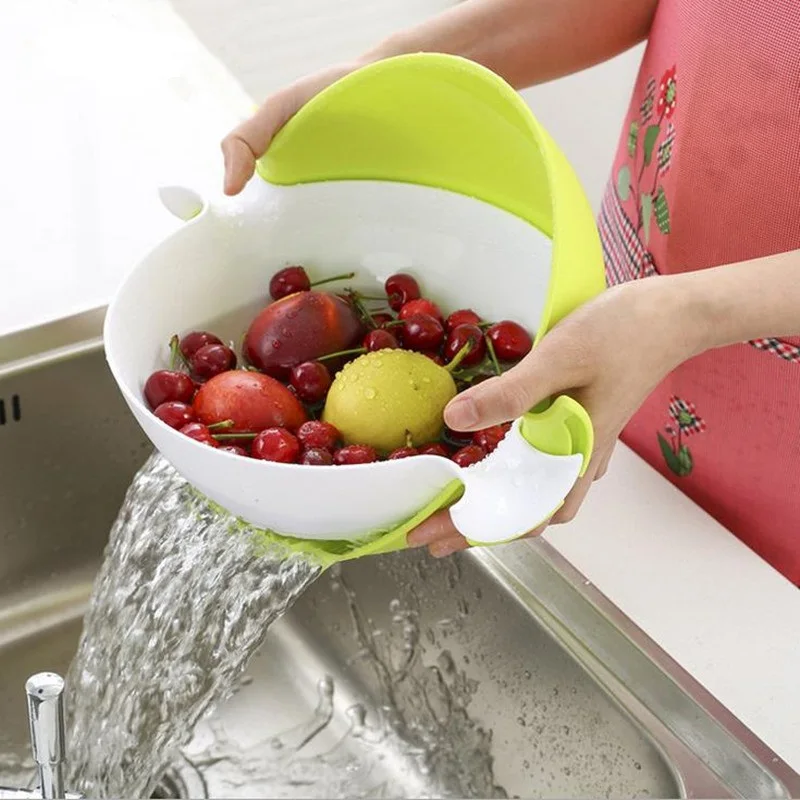


Position large bowls between tines or along the side, back or front of the bottom rack.

Alternating larger and smaller plates can help prevent nesting. This causes nesting and prevents dishes from being cleaned evenly. Place dinner and lunch plates between the tines on the bottom rack and angle the dirty sides toward the washer jets.ĭon’t stack dishes on top of each other. Items suitable for the lower rack include: Large bowls, dinner and lunch plates, serving platters, silverware, dishwasher-safe baking dishes and stainless steel pots and pans. Make sure these utensils cannot slip through the rack or otherwise block the spray arms. Long utensils like spatulas or ladles should be laid flat on the upper dishwasher rack. Plastic items that fall through can block one of the washer arms or land on your dishwasher’s heating element. Plastic can become warped if it gets too hot.Įnsure plastic items fit securely in your top dishwasher rack and are not small enough to fit through gaps. Plastic items should always be placed in the top rack to keep them away from the heating element on the bottom of the dishwasher. Similar to small bowls, place plastic containers facing downward. Plastic containers and lids can be washed in the top rack, provided that they are dishwasher safe. Angle them so they’re facing down and toward the center of the dishwasher. Position small bowls and plates between tines. Some dishwasher models have flexible spray nozzles on the upper rack that can be placed inside tall glasses or water bottles for a more thorough cleaning. If you have a fold-down shelf with stemware holders, secure the stems of wine glasses and champagne flutes in the stemware holders for extra protection during washing. Place mugs, cups, wine glasses and water bottles upside down along the sides of the upper rack from front to back. Items suitable for the upper rack include: cups, mugs, drinking glasses, stemware, plastic items and containers, small bowls, small plates and large utensils. Now that you have the basics down, let’s get into the details with our step-by-step guide for loading a dishwasher. Washing these items in the dishwasher may ruin the finish or cause damage. Hand washing is typically recommended for nonstick cookware, kitchen knives, fine china, crystal and anything wooden, cast iron, aluminum, gold, copper, silver and bronze. Make sure that the items you’re loading in the dishwasher are dishwasher safe. Secure items between the tines on the racks so that they don’t knock against one another or topple over during washing. Nesting involves placing items with concave or curved shapes like bowls and spoons together, similar to how you might store them in drawers or cabinets. Stacking or nesting items makes it difficult for the water jets to spray inside them. Placing items at an angle not only helps with effective cleaning, but also assists with proper drying and draining.Įnsure separation between items and avoid overcrowding the dishwasher. The washer jets, located on rotating spray arms under the top and bottom racks, spray upward to wash and rinse dishes.

Place dishes with their dirty sides facing the center of the dishwasher and angled down toward the washer jets. These guidelines are key for a properly loaded dishwasher and sparkling clean dishes. 4 guidelines for properly loading a dishwasher


 0 kommentar(er)
0 kommentar(er)
